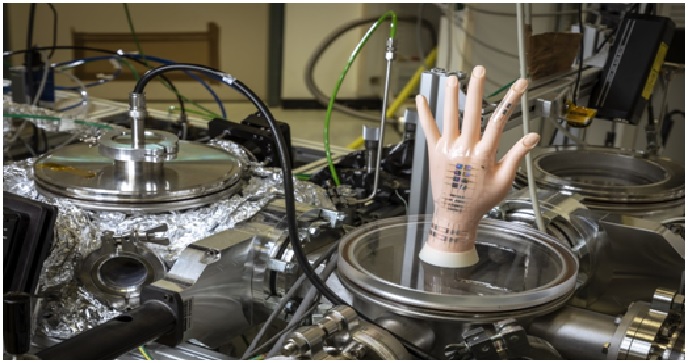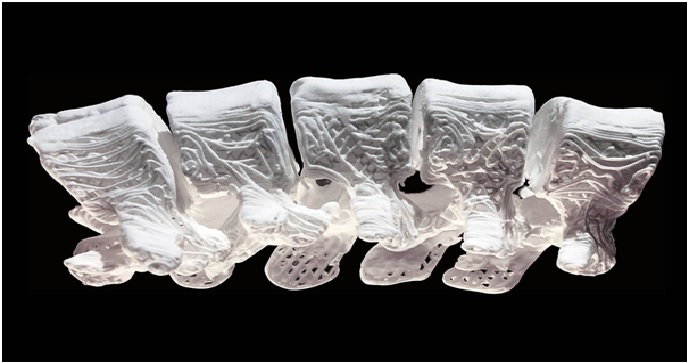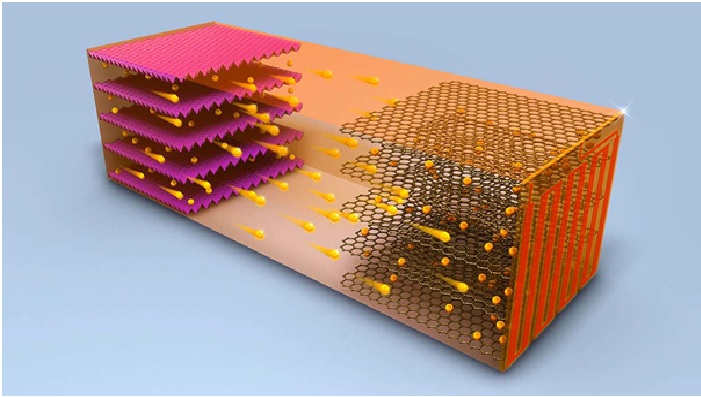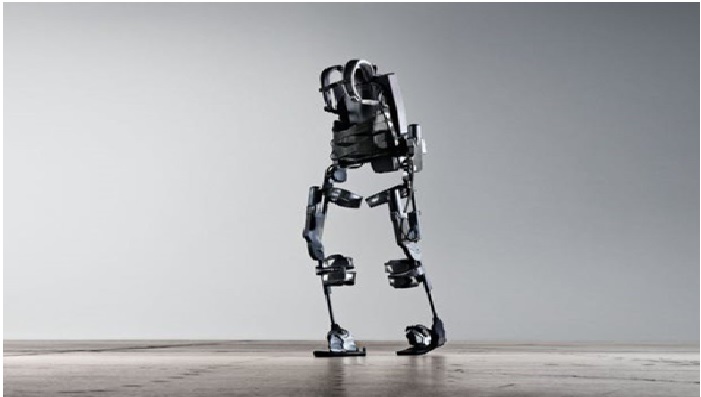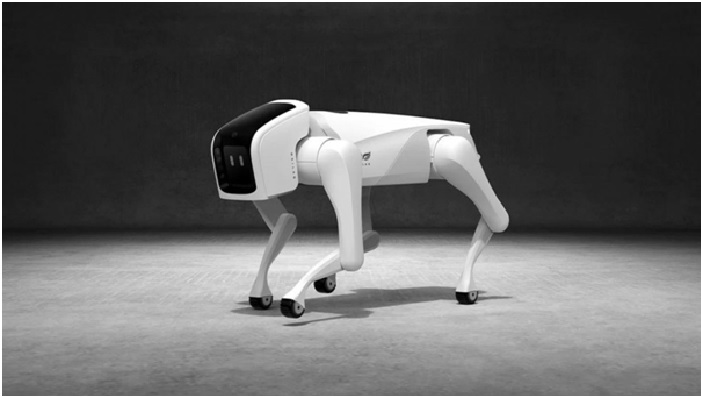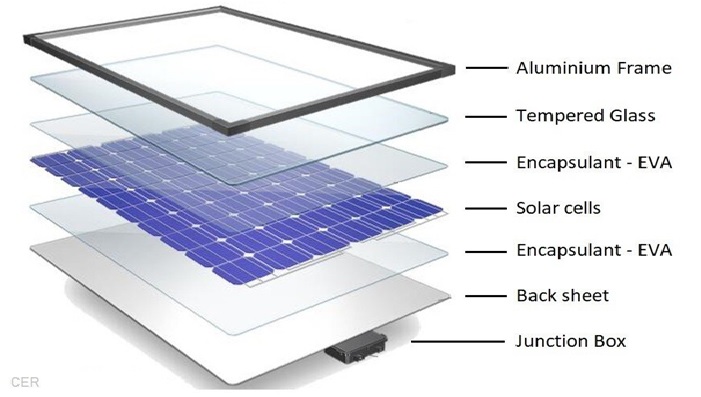The Future of Neuralink Technology
Neuralink is a gadget that will be surgically inserted into the brain using robotics by neurosurgeons. In this procedure, a chipset called the link is implanted in the skull. [1] It has a number of insulated wires connected from the electrodes that are used in the process. This device can then be used to operate smartphones and computers without having to touch it.

Figure 1. The Neuralink Technology
According to Elon Musk, the team is optimistic of introducing the technology by the end of 2020, although human trials have not yet started. With Neuralink a chipset, [2] called N1 chipset, will be installed in your skull which is 8mm in diameter and has multiple wires housing electrodes and insulation for the wires. The figure 1 shows the neuralink process.
These wires will be surgically placed inside your brain using a robot. As per the company, the wire is as thick as the neurons in your brain and thinner than a strand of hair at 100 micrometres. To compare, imagine the diameter of your hair, and then divide that diameter by ten.
Neuralink is developing two bits of equipment. [3] The first is a chip that would be implanted in a person's skull, with electrodes fanning out into their brain.
Before understanding how does Neuralink work, it is best to comprehend the science behind the human brain. The brain consists of neurons that transmit signals to cells in the body including muscle, nerve, gland and other neuron cells. Every neuron is made up of three parts called the dendrite, the soma (cell body) and the axon. Each of this part has its own function. The dendrite receives the signals. The soma processes these signals. The axon then transmits the signals to the other cells. The neurons are connected to one another by the synapses which release neurotransmitters. These chemical substances are then sent to another neuron cell’s dendrite causing the flow of current across the neurons. The electrodes that are part of the Neuralink will read electrical signals that are produced by several neurons in the brain. The signals are then outputted in form of an action or movement.
The chip Neuralink is developing is about the size of a coin, and would be embedded in a patients' skull. From the chip an array of tiny wires, each roughly 20 times thinner than a human hair, fan out into the patient's brain.
The wires are equipped with 1,024 electrodes which are able to both monitor brain activity and, theoretically, electrically stimulate the brain. This data is all transmitted wirelessly via the chip to computers where it can be studied by researchers.
References:
- https://www.businessinsider.in/tech/news/everything-you-need-to-know-about-neuralink-elon-muskaposs-company-that-wants-to-put-microchips-in-peopleaposs-brains/slidelist/81233667.cms#slideid=81233988
- https://www.thequint.com/explainers/what-is-neuralink-and-how-does-it-work-explained#read-more
- https://www.republicworld.com/technology-news/other-tech-news/what-is-neuralink-how-does-the-technology-work-and-what-can-a-person-do-with-it.html
Cite this article:
Vinotha D (2022), The Future of Neuralink Technology, AnaTechMaz, pp.102


